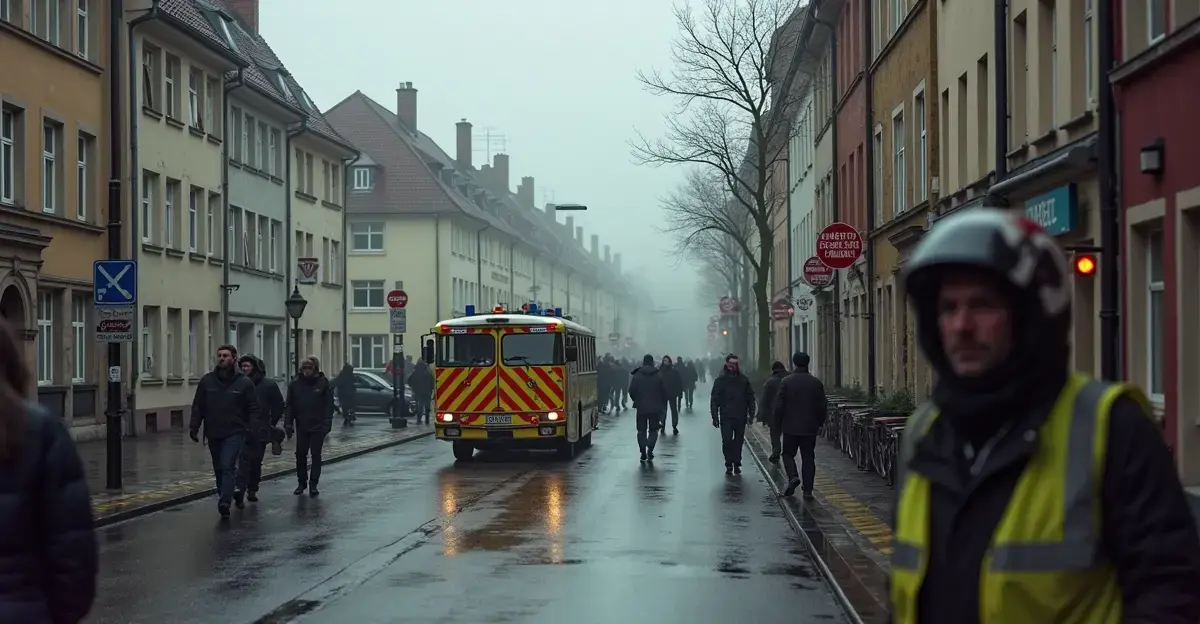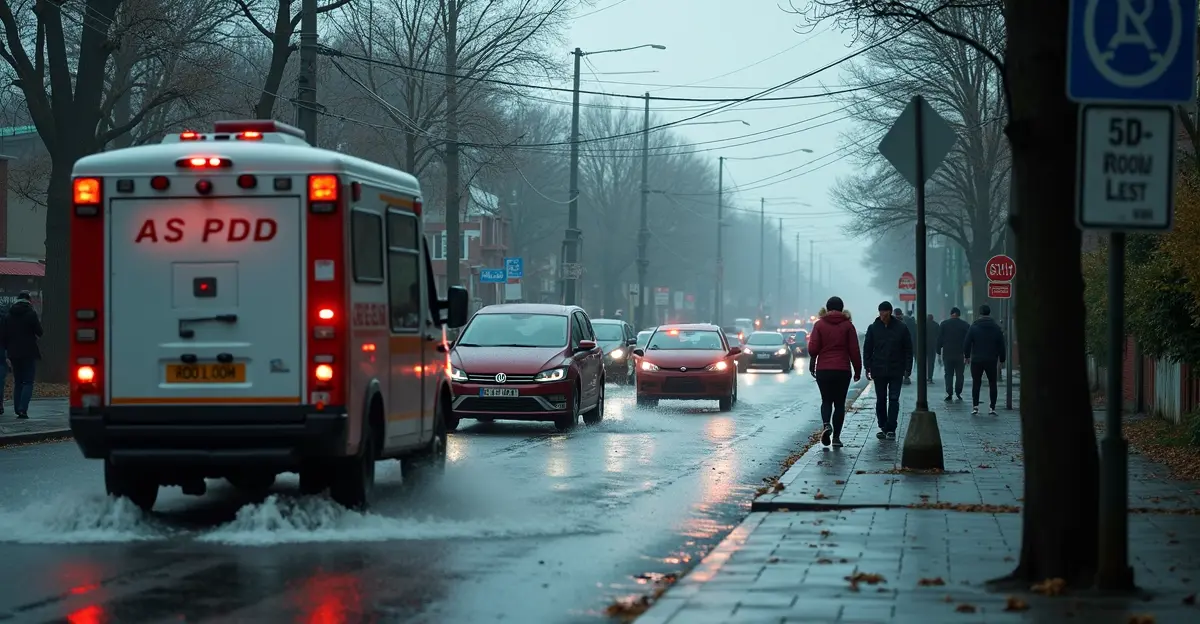20,000 residents evacuated in Nuremberg after discovery of 450kg WWII American bomb during construction work. Largest evacuation in city's postwar history with 800m security perimeter established.

Mass Evacuation in Historic German City
In a dramatic reminder of World War II's lasting legacy, authorities in Nuremberg, Germany have ordered the evacuation of approximately 20,000 residents following the discovery of a 450-kilogram American aerial bomb from the Second World War. The massive evacuation operation, which began on November 14, 2025, represents one of the largest such operations in the city's postwar history.
Emergency Response and Safety Measures
The unexploded ordnance was discovered during construction work in the Avenariusstraße area of Nuremberg's Großreuth district. Emergency services from the German Technical Relief Organization (THW) immediately established a security perimeter extending 800 meters from the bomb site. 'This is a complex operation that requires absolute precision and safety,' said a spokesperson for the Nuremberg police department. 'We cannot take any risks when dealing with munitions from this era.'
The evacuation zone includes numerous residential buildings, retirement homes, medical facilities, and the grounds of a former student dormitory. Emergency personnel worked throughout the day to coordinate the safe removal of residents, with special attention given to vulnerable populations in nursing homes and hospitals.
Historical Context and Ongoing Challenges
Nuremberg was heavily bombed during World War II as Allied forces targeted the city's armaments industry and symbolic significance as the 'City of the Nuremberg Rallies.' According to historical records, the most devastating attack occurred on January 2, 1945, when 521 RAF bombers dropped 6,000 high-explosive bombs, killing over 1,800 people and leaving 100,000 homeless.
'These discoveries are unfortunately not uncommon in Germany,' explained Dr. Klaus Richter, a historian specializing in WWII ordnance. 'Many bombs failed to detonate during the war and have been buried underground for decades. Construction projects often bring them to light.'
Similar Incidents Across Germany
This incident follows a pattern of similar discoveries across Germany. In June 2025, Cologne experienced its largest postwar evacuation when three American bombs were discovered, affecting over 20,000 residents. As reported by CBS News, that operation required the evacuation of 58 hotels, nine schools, a hospital, and multiple nursing homes.
The German government maintains specialized bomb disposal teams that regularly deal with such discoveries. 'Our experts are among the most experienced in the world at handling these situations,' noted a federal emergency services coordinator. 'Each operation requires careful planning and execution to ensure public safety.'
Current Status and Future Implications
As of the latest reports, bomb disposal experts were preparing to defuse the 450-kilogram American bomb. The operation was expected to be completed during the evening of November 14, 2025. Residents were being housed in temporary shelters and advised to monitor official communications for updates on when they could return home.
The incident highlights the ongoing challenges German cities face decades after the war ended. With construction projects continuing to uncover unexploded ordnance, authorities must maintain robust emergency response protocols to protect public safety while acknowledging the historical significance of these wartime remnants.

 Nederlands
Nederlands
 English
English
 Deutsch
Deutsch
 Français
Français
 Español
Español
 Português
Português









